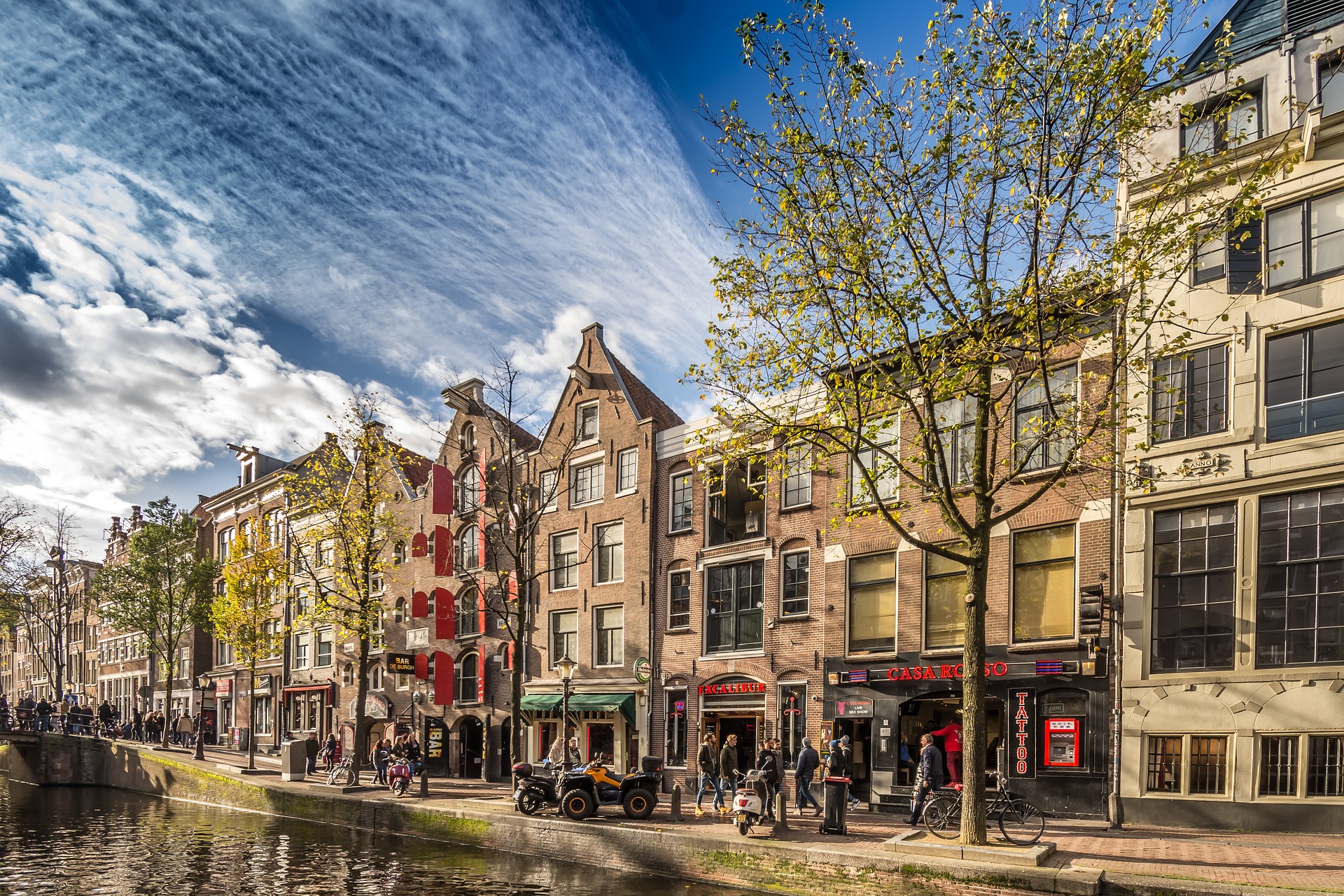A Revival of the Timeless Art of Walking Tours: Rediscovering Cities One Step at a Time
As our world speeds up, rushing past in the blur of high-speed trains and planes, there is a unique travel trend that's not only slowing things down but also bringing us back to our roots. Welcome to the world of walking tours, the antithesis of fast-paced, modern travel that offers a refreshing perspective on exploring and understanding our world. A walking tour is not about reaching a destination quickly; it's about the journey itself, the slow absorption of the culture, history, and beauty of the places we visit.

A Step Back in Time: The History of Walking Tours
Walking tours are not a new concept. In fact, they’ve been around since the 18th century, when the Romantic poets extolled the virtues of traveling on foot. This form of travel offered a more profound connection with nature, a chance to reflect on one’s surroundings, and an opportunity to engage with local communities in a meaningful way. As the Industrial Revolution ushered in new modes of transportation, walking tours lost their popularity, only to experience a resurgence in recent years.
The Current Walking Tour Trend: A Return to Simplicity
Today, as the travel industry becomes increasingly dominated by fast-paced, high-tech experiences, walking tours are making a comeback. They align perfectly with the growing trend of experiential travel, where the focus is on immersing oneself in the culture and lifestyle of a place rather than rushing through a checklist of sights. Walking tours offer a slower, more mindful approach to travel that allows for genuine connections and meaningful experiences.
The Advantages, Challenges, and Impact of Walking Tours
Walking tours provide a deeper, more nuanced appreciation for a place. They also foster better physical health, give more opportunities for spontaneous interactions, and promote a more sustainable form of tourism. However, they also come with challenges. They require a good level of fitness, can be time-consuming, and may not be suitable for all destinations. Despite these challenges, the impact of walking tours on travelers is overwhelmingly positive. They often report feeling more connected to the places they visit and having more authentic experiences.
Practical Travel Tips for Walking Tours
- Research the route: Knowing the terrain, weather conditions, and local customs can make your walking tour more enjoyable and safe.
- Pack light: Carrying only the essentials will make your journey more comfortable.
- Wear comfortable shoes: Your feet are your primary mode of transportation, so invest in good footwear.
- Stay hydrated and nourished: Carry water and high-energy snacks to keep you going.
- Respect the environment: Leave no trace behind to ensure the places you visit remain beautiful for future travelers.
In conclusion, walking tours mark a return to a simpler, more mindful way of traveling. They offer a unique perspective on our world, allowing us to slow down, engage with our surroundings, and savor the journey rather than the destination. As we step into the future of travel, perhaps it’s time we took a few steps back and embraced the timeless art of walking tours.




